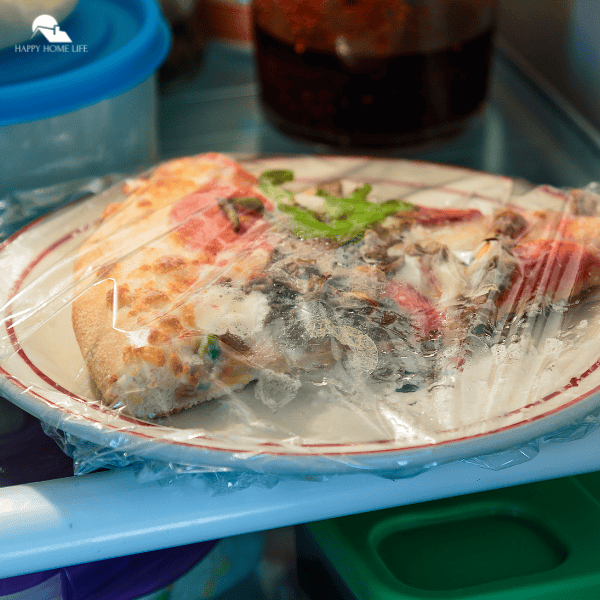Do you have some freshly baked sourdough bread you’d like to preserve? Perhaps you bought too much at the store and want to save some for later. If you’re wondering, “Can I freeze sourdough bread,” the answer is YES. You can, indeed, freeze sourdough bread to extend its shelf life and maintain its quality.

Sourdough’s unique tang and chewy texture make it a favorite bread choice, but like all bread, it’s best enjoyed fresh. When you have more sourdough than you can consume in a short period, though, freezing is a practical option.
Can I Freeze Sourdough Bread?
When freezing sourdough bread, there are certain methods to follow to ensure it retains its artisanal quality. Properly wrapping and sealing your sourdough bread prevents freezer burn and taste contamination from other foods. It’s important to cool the bread completely before freezing it to prevent the formation of ice crystals, which can affect the texture.
To thaw frozen sourdough bread, you should allow it to come to room temperature slowly while still wrapped to avoid condensation affecting the crust. Refreshing the bread in the oven can help restore the bread’s warmth and crispness as if it was freshly baked.
Preparing Sourdough Bread for Freezing
To get the best results, your sourdough bread should be completely cooled and protected against freezer burn before being stashed away in the freezer.
Choosing the Right Packaging
Select packaging that seals out air and moisture to preserve the taste and texture of your sourdough bread. Freezer bags are ideal due to their thick, protective material designed specifically for freezer storage. For a sustainable alternative, consider beeswax wraps (affiliate), which are reusable and offer a tight seal. If these options aren’t available, double-wrap your bread using plastic wrap underneath and aluminum foil on the outside.
Wrapping and Protecting the Bread
Begin by tightly wrapping your bread in parchment paper to protect its crust. Follow this with a layer of plastic wrap or aluminum foil for added insulation. Ensure the edges are sealed to prevent air pockets. For the most secure packaging, slide the wrapped sourdough into a freezer bag and expel any excess air before sealing. Label the bag with the current date to keep track of freshness. It’ll keep in the freezer for about 3 months, per the USDA.
Thawing and Refreshing Frozen Sourdough Bread
Successfully thawing and refreshing your frozen sourdough bread will help you enjoy its taste and texture as if it were just baked. The proper defrosting method can make all the difference in preserving your bread’s quality.
Defrosting Techniques
Room Temperature: For a gentle defrost, remove your sourdough bread from the freezer and leave it on the counter, still wrapped, until it reaches room temperature, typically 3-4 hours.
- Microwave with Damp Paper Towel: If you’re short on time, wrap the bread in a damp paper towel and microwave using the defrost setting for 2-minute intervals until thawed. Check frequently to prevent overheating.
- Refrigerator: For overnight thawing, transfer the bread from the freezer to the refrigerator. Allow it to thaw slowly, which can take 12 hours or more.

Reviving Bread Texture and Flavor
Oven Method:
- Preheat your oven to 350°F (175°C).
- Spritz the surface of the bread with a little water.
- Heat for about 10 minutes, or until the crust becomes crisp and the inside is warm.
Skillet Method:
- Cut the bread into slices.
- Warm a skillet over medium heat.
- Place the slices in the skillet for a few minutes on each side until the surface is crispy and warm.
By using these techniques, you can restore the fresh-baked quality of your sourdough, from the crispness of the crust to the softness of the crumb. Enjoy the revived texture and rich taste of your sourdough as if it were fresh out of the oven.
More Bread Tips
Looking for more ways to use that sourdough? It’s a great bread to make stuffing with! You could also substitute sourdough for the brioche in our yummy maple bread pudding recipe.






